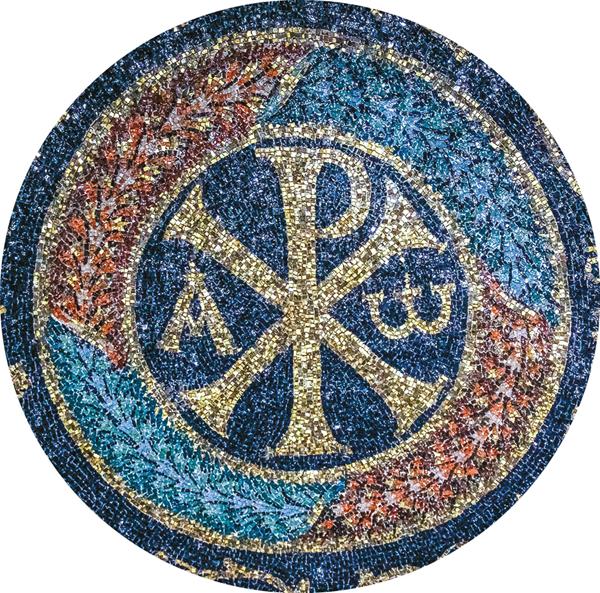Epistles: Whence-a-Word?: Alpha and Omega

The Greek alphabet, in which the New Testament was first written, starts with the letter alpha (A or α) and ends with the letter omega (Ω or ω). Sayings that use the phrase “alpha and omega,” therefore, imply the beginning and the end, and everything in between. In the Christian Bible, Jesus proclaims to be the first and the last, the beginning and the end (Revelation 1:8). In clear reference to the qualities ascribed to Yahweh in the Hebrew Bible (Isaiah 44:6; 48:12), Jesus is thus characterized as the eternal and omnipotent God.
Although the phrase has entered our parlance through the Greek New Testament, its Hebrew equivalent appears in rabbinical oral traditions that may date back to the second century BCE. It was common for rabbis to use the first and the last letters of the Hebrew alphabet (alef and tav) to denote the whole of anything. The Mishnah (Sanhedrin 64a:4–5; Yoma 69b:6–9) also inserts the middle letter of the alphabet, mem, thus creating the word emet “truth,” which it explains is “the seal of God,” expressing that in God, truth dwells absolutely and fully. The first-century CE Jewish historian Flavius Josephus then defines Yahweh as “the beginning, the middle, and the end of all things” (Against Apion 1.190).
Already a library member? Log in here.
Institution user? Log in with your IP address.

